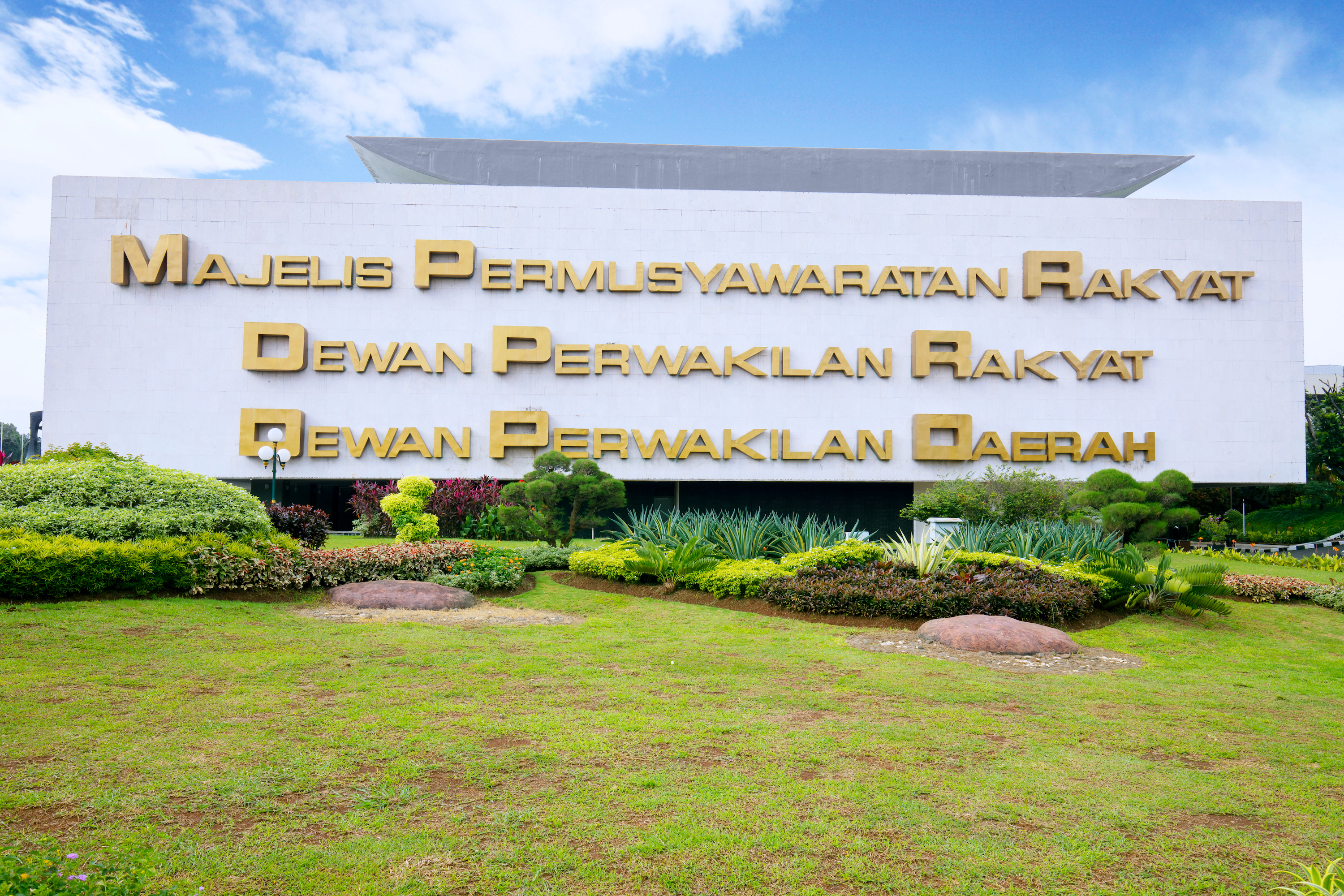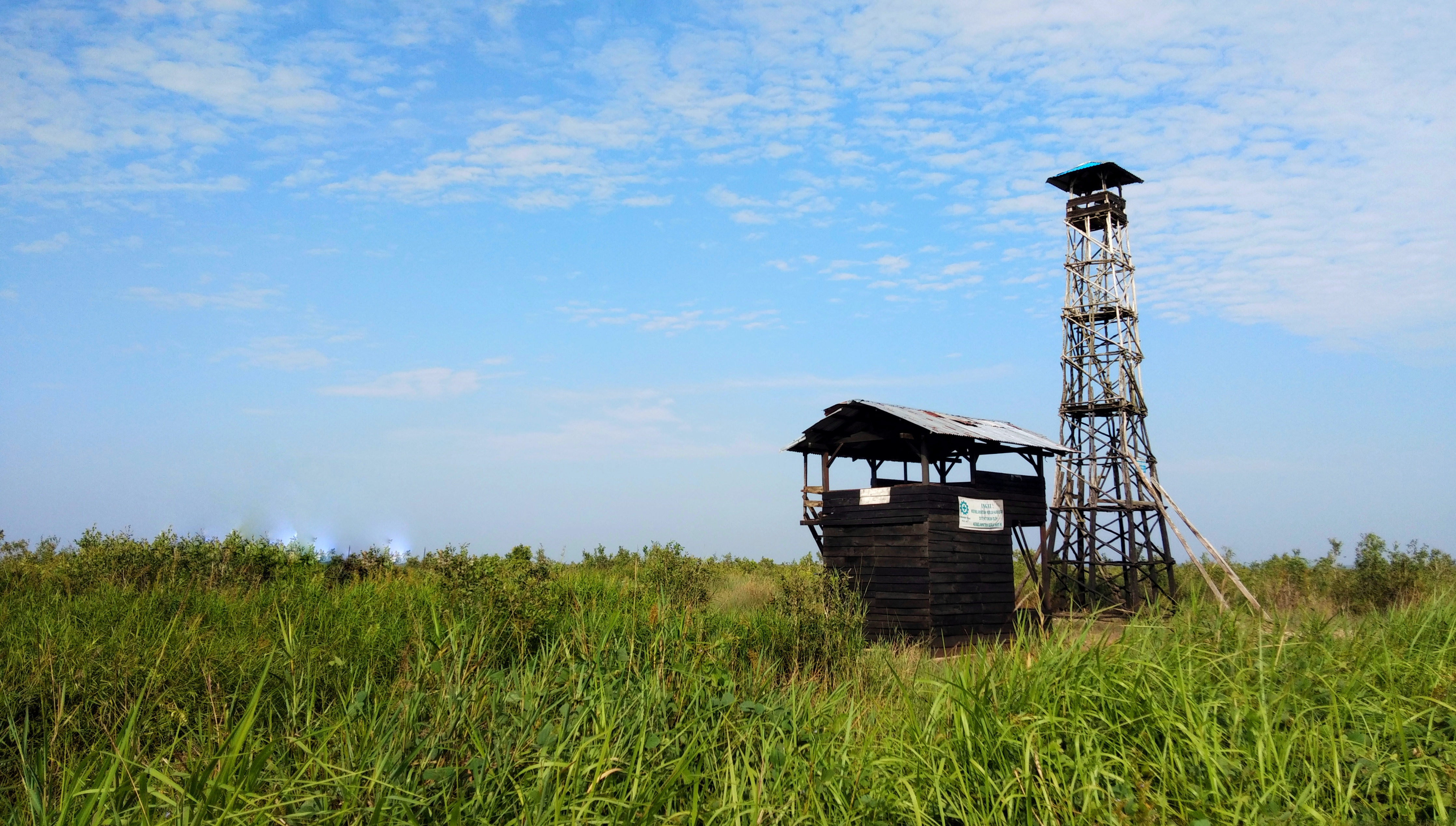
RAYNALDO G. Sembiring carefully watched the job creation bill working committee meeting on Wednesday, September 2. As he followed the meeting online on TV Parlemen, the Indonesian Centre for Environment Law executive director was still worried that the bill, part of the planned omnibus law, would weaken environmental and forestry law enforcement. “The job creation bill systematically relaxes permits, public participation, and law enforcement. This has to do with the both ends of our ecosystem,” said Dodo—as Raynaldo is called—on September 9.
The open meeting on September 2 was part of the job creation bill’s deliberations, which have been in progress since the government submitted the draft to the House of Representatives (DPR) in February. The bill, which is meant to attract investment, has been drawing criticism since the start, as it is felt to be pro-businesses. Articles 36 and 37 are among articles are considered to be problematic because they contain several plans to amend the Forestry Law.
In fact, the meeting’s conclusion brought some good news. The job creation bill working committee agreed to add a new clause in the plan to revise article 49 of the Forestry Law. At first, the bill only had one clause that said business permit holders must perform forest fire prevention and mitigation in their working areas. This stipulation changes the stipulation under the Forestry Law, which states that a permit holder must be responsible for forest fires in its working area. In the meeting’s conclusion, the committee finally agreed that this stipulation would be included as clause 2.
The problem is, the committee sill postponed deliberations on the plan to revise several articles in the Environmental Protection and Management Law, having to do with sanctions. “The government is currently re-formulating the articles,” said chairman of the job creation bill working committee, Supratman Andi Agtas, on September 10.
Environmental activists are worried about the plan to revise sanctions in the Environmental Protection Law. Article 98, which regulates sanctions and fines for environmental damage, for example, would be revised to prioritize fines. A perpetrator would only be criminally charged if the fine is unpaid. A similar scheme is applied in the plan to revise articles 99-110, which regulates sanctions for cases of neglect that cause environmental destruction to waste management violations.
Furthermore, job creation bill will also change the concept of strict liability as regulated in Article 88. Due to the article, companies are deemed responsible for environmental destruction inside their concession areas, no matter whether it can be proven or not.
Dodo reckons that articles in the job creation bill seem to ignore the environment’s vulnerability in the face of investments in the natural resources sector. Prior, a similar view was already expressed by a number of experts when the working committee invited them to a meeting on June 10.
Muhammad Ramdan Andri Gunawan, a law professor at the University of Indonesia, for example, highlighted the plan to revise the articles on sanctions previously regulated under the Environmental Protection Law. According to him, the job creation bill would limit sanctions because a criminal sanction could only be given if a perpetrator is unable or unwilling to pay the fine. Additionally, a criminal sanction would only mean imprisonment. “This bill fails in the construction of criminal sanctions,” he said. “Company accountability would certainly disappear because a company can’t be sent to prison.”
Member of the working committee, Bambang Purwanto, said all agreements made in a working committee meeting may still change during deliberations in the next phase. “What is agreed upon can still be changed. There may be some debate, articles that haven’t been agreed upon or haven’t been discussed can be brought up by the factions,” he said.
That some articles may be revised during deliberations is what makes Dodo and other environmental activists worry.
•••
Rusmadya Maharudin, Greenpeace campaign team chief, believes that another danger that may come from government regulations is already imminent, namely, from Environment and Forestry Minister Regulation No. 10/2019 on the identification and management of peat dome peaks. He believes that the regulation is a step backward in the effort to restore peat ecosystems, which are important in mitigating forest and land fires.
The crux of the problem lies in article 8, which regulates areas outside peat dome peaks. According to the articles, these areas can be utilized until a permit ends, while the permit holder is obligated to maintain the peat’s hydrological function. But the article also mentions that areas outside peat dome peaks may lie inside protected peat ecosystems, which have not been open to utilization so far. “Even protected peat can catch fire, let alone the unprotected ones,” Rusmadya said on September 10.
According to data from the Copernicus Atmosphere Monitoring Service (CAMS), an earth-monitoring platform managed by the European Centre for Medium-Range Weather Forecasts (ECMWF), total emissions due to forest fires in Indonesia last year came near to 2015’s forest fires. As comparison, the total area burned in 2019 was only 1.65 million hectares, smaller than the 2.6 million hectares that burned in 2015.
The ECMWF suggests that the great emissions last year were triggered by peat fires. “In Indonesia, peat fires, which can last in low temperatures and underground, became the focus of attention because they released carbon that had been stored for thousands of years,” said Mark Parrington, ECMWF senior researcher at CAMS, in a press conference in September 2019.
An analysis of forest and land fires in 2015-2019 shows that peat fires continued to rise during that period. This is exacerbated by massive activities with permits, which, until today, still include opening canals, causing peatland to dry out and easily catch fire.
This investigative team’s effort to obtain the environment and forestry minister’s explanation on the issue did not yield results. Director-General of Environmental Pollution and Damage Mitigation, Karliansyah, as well as Director-General of Peat Destruction Mitigation, Sri Parwati Murwani Budisusanti, refused to provide information on the implementation of Environment Minister Regulation No. 10/2019 as well as the threat of peat fires.
Madani Berkelanjutan Foundation Director, Teguh Surya, criticizes the implementation of the environment minister regulation, which he feels is non-transparent. “This complicates monitoring,” he said. “The threat of forest fires on peatlands will continue to happen as long as peatland restoration is done half-heartedly.”







